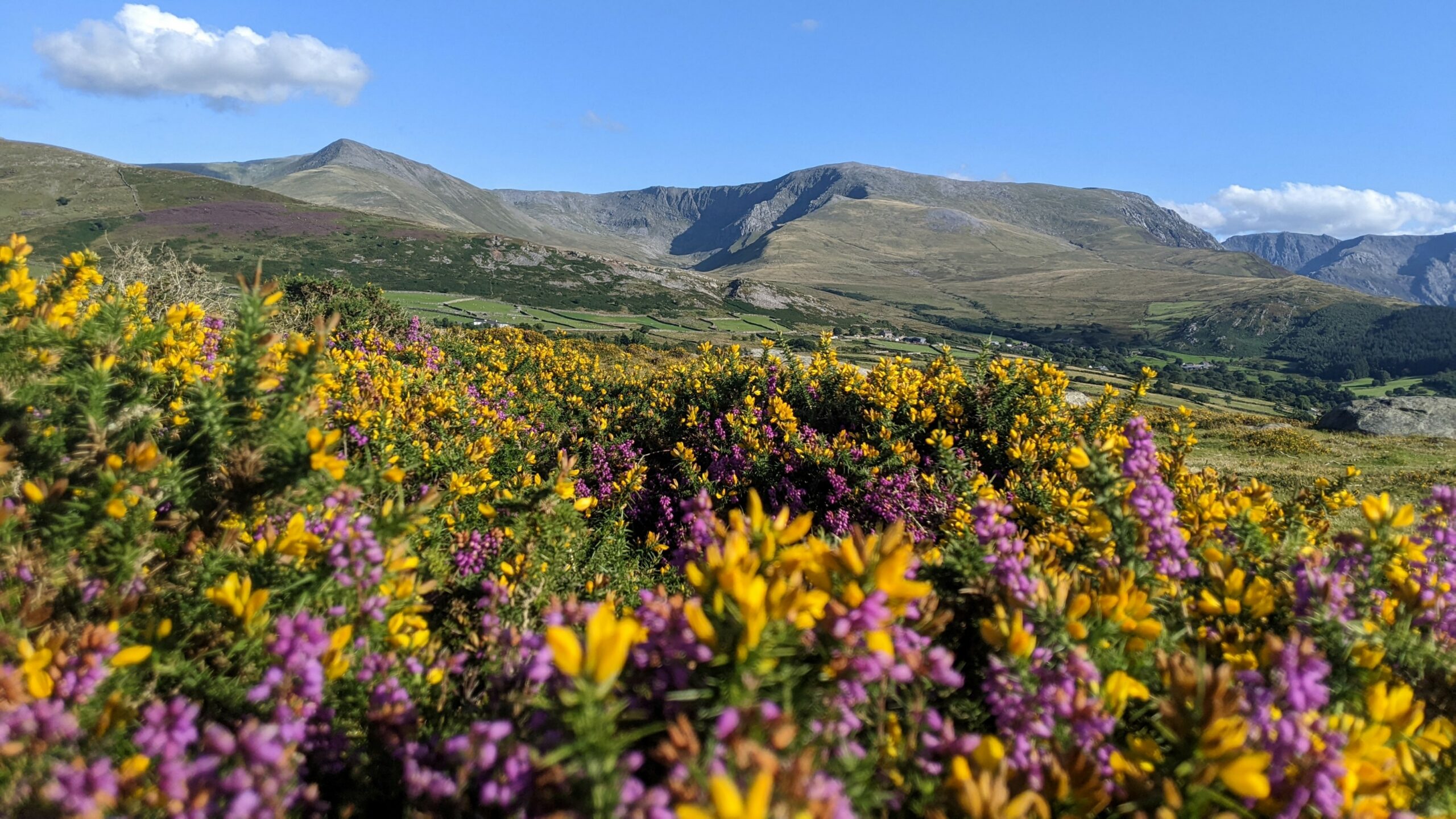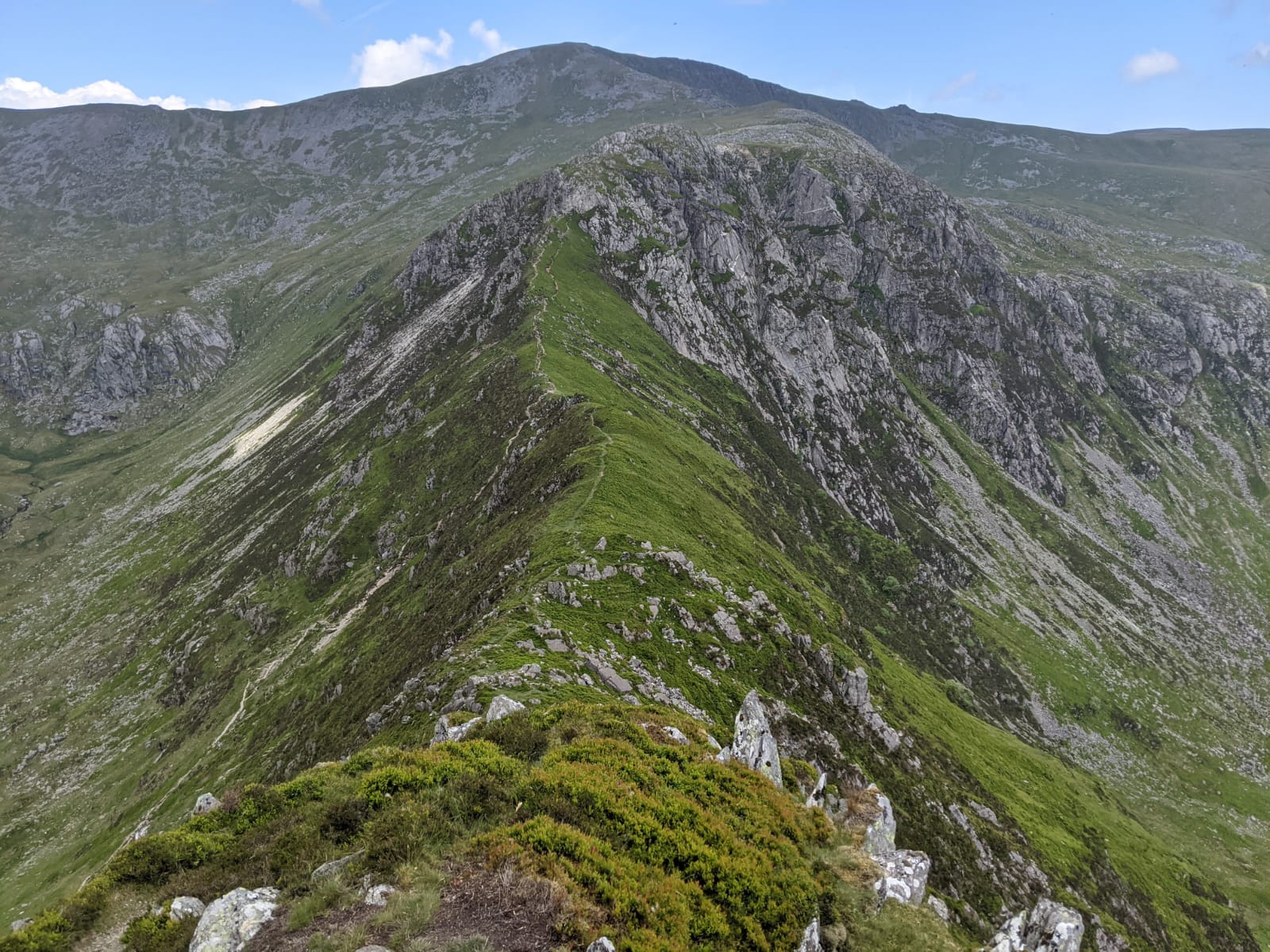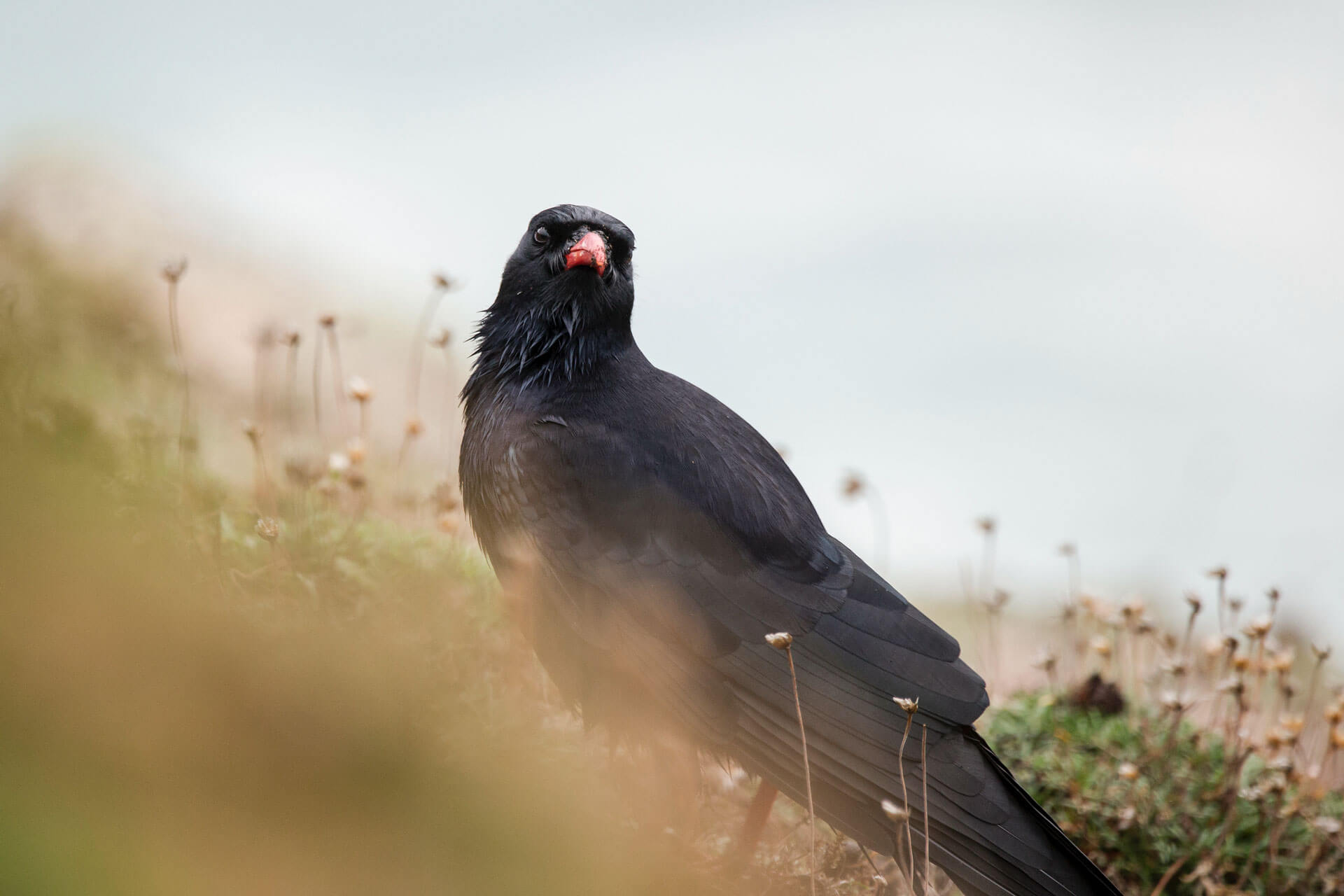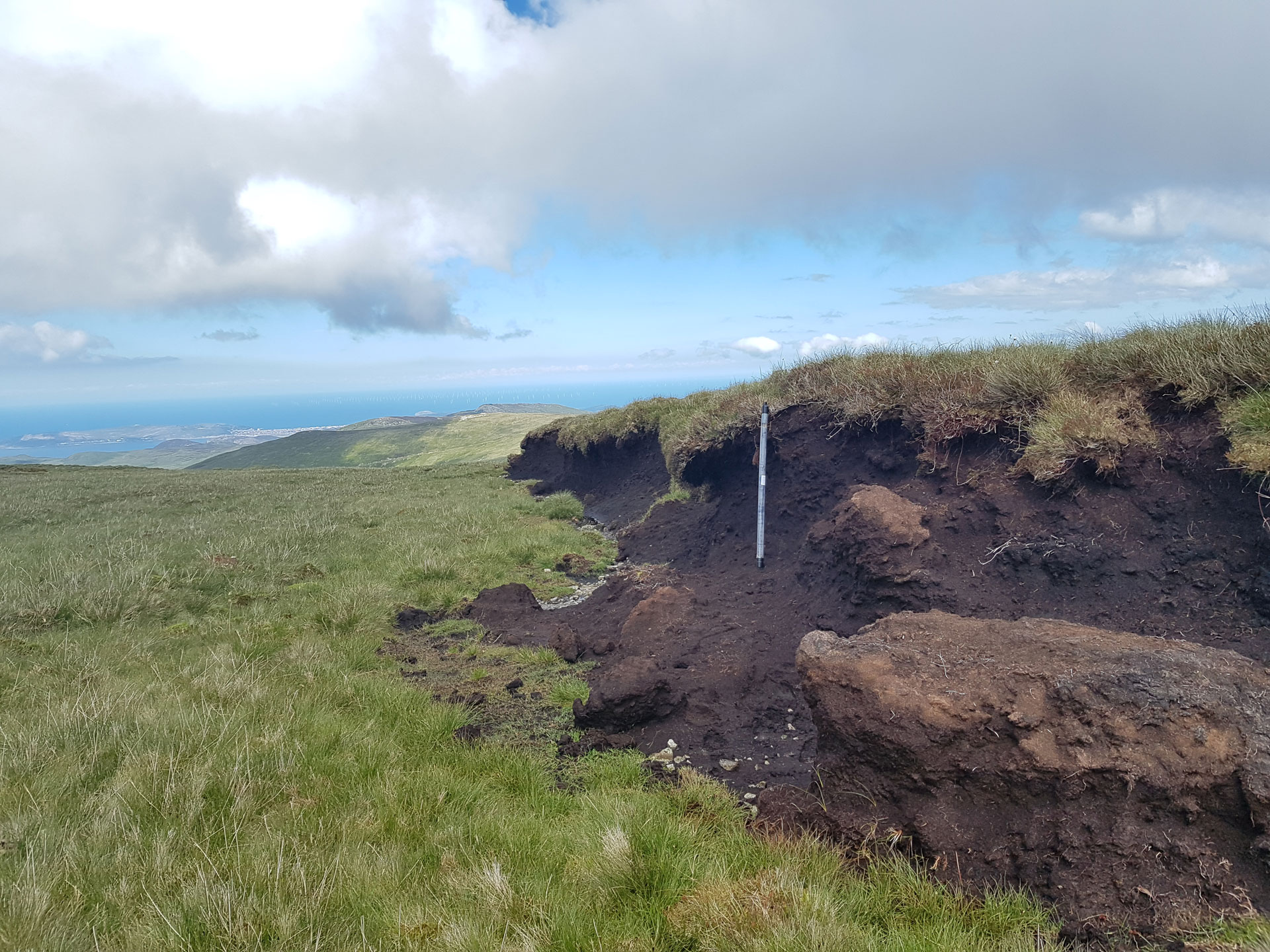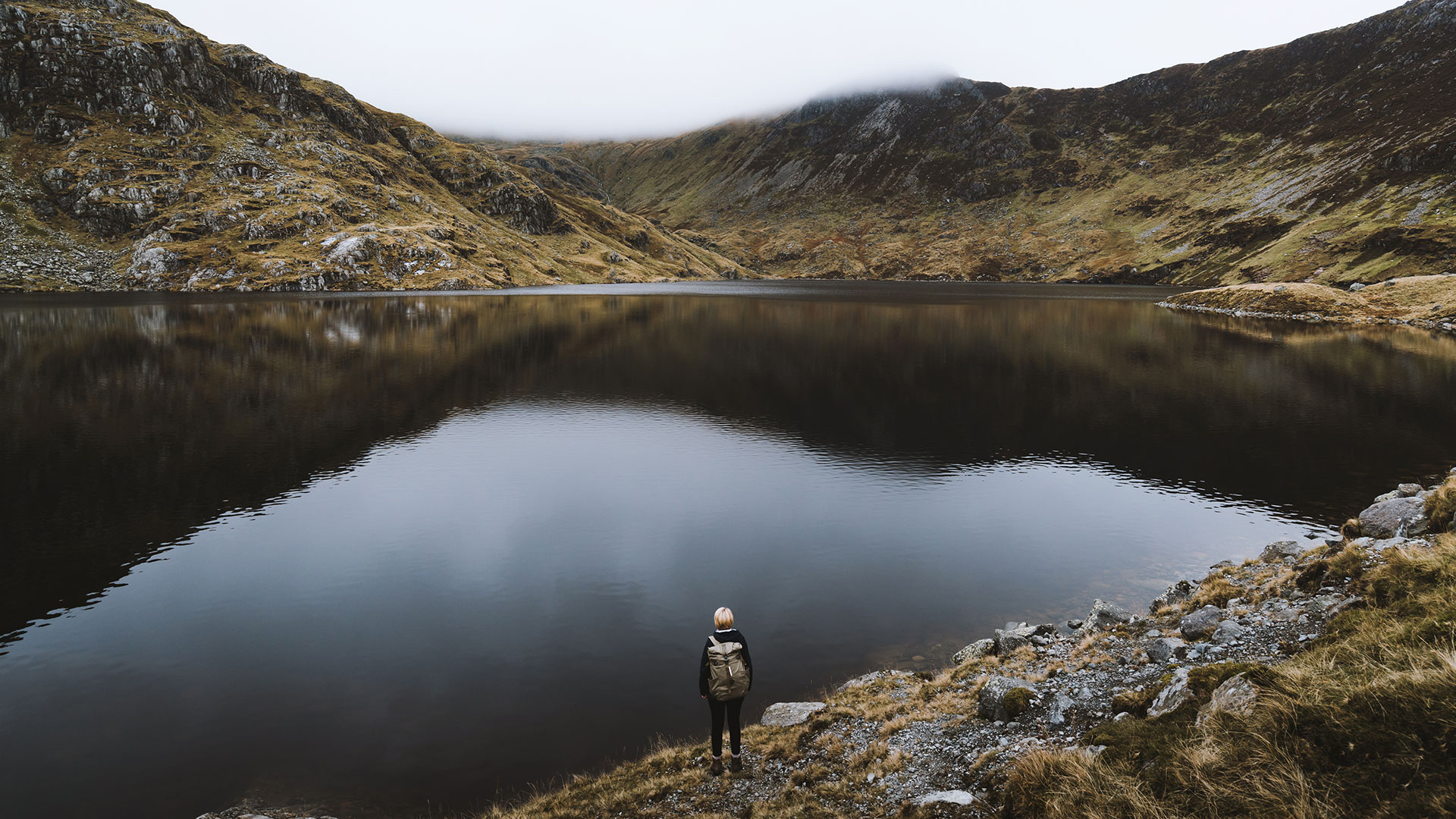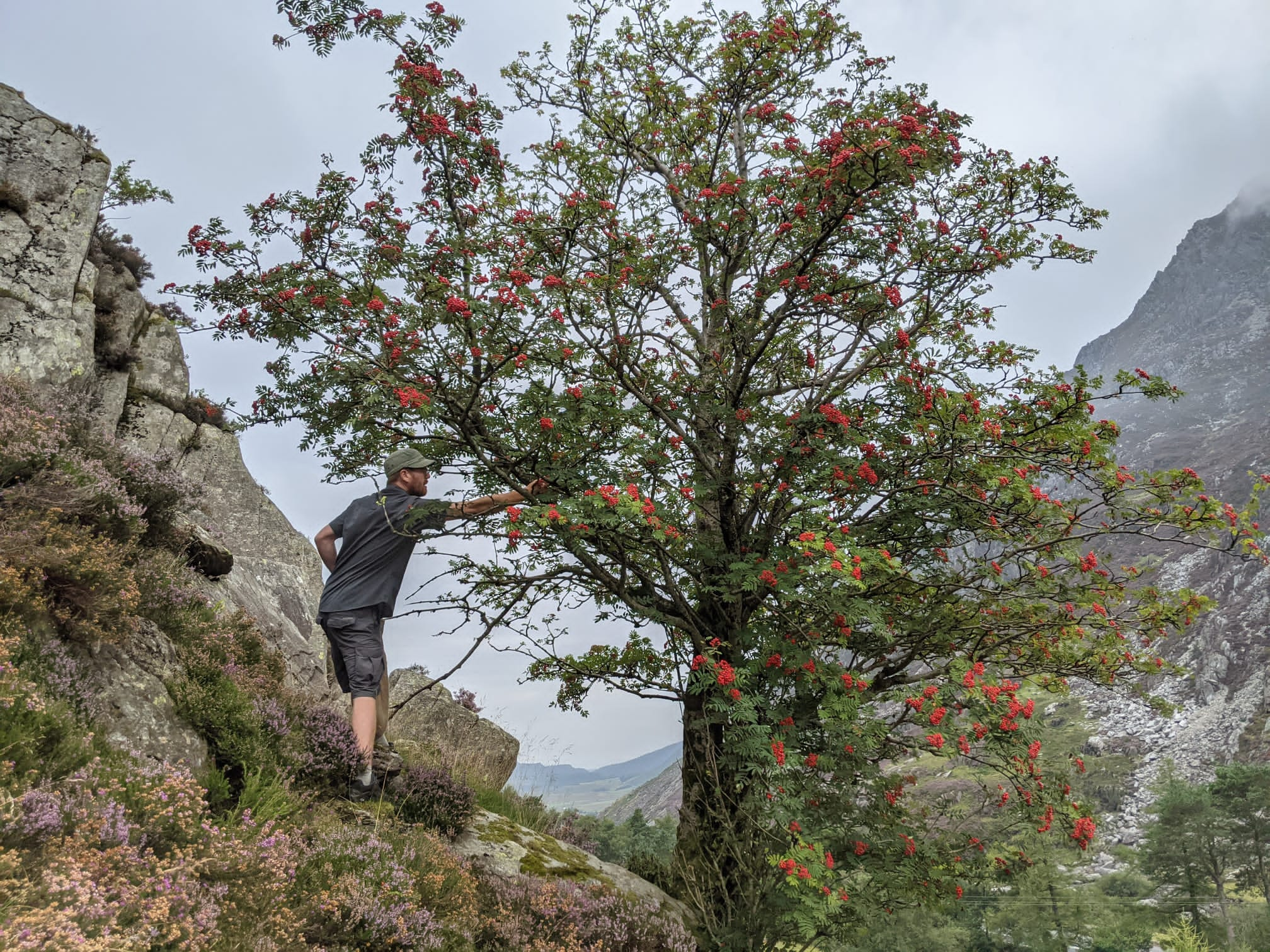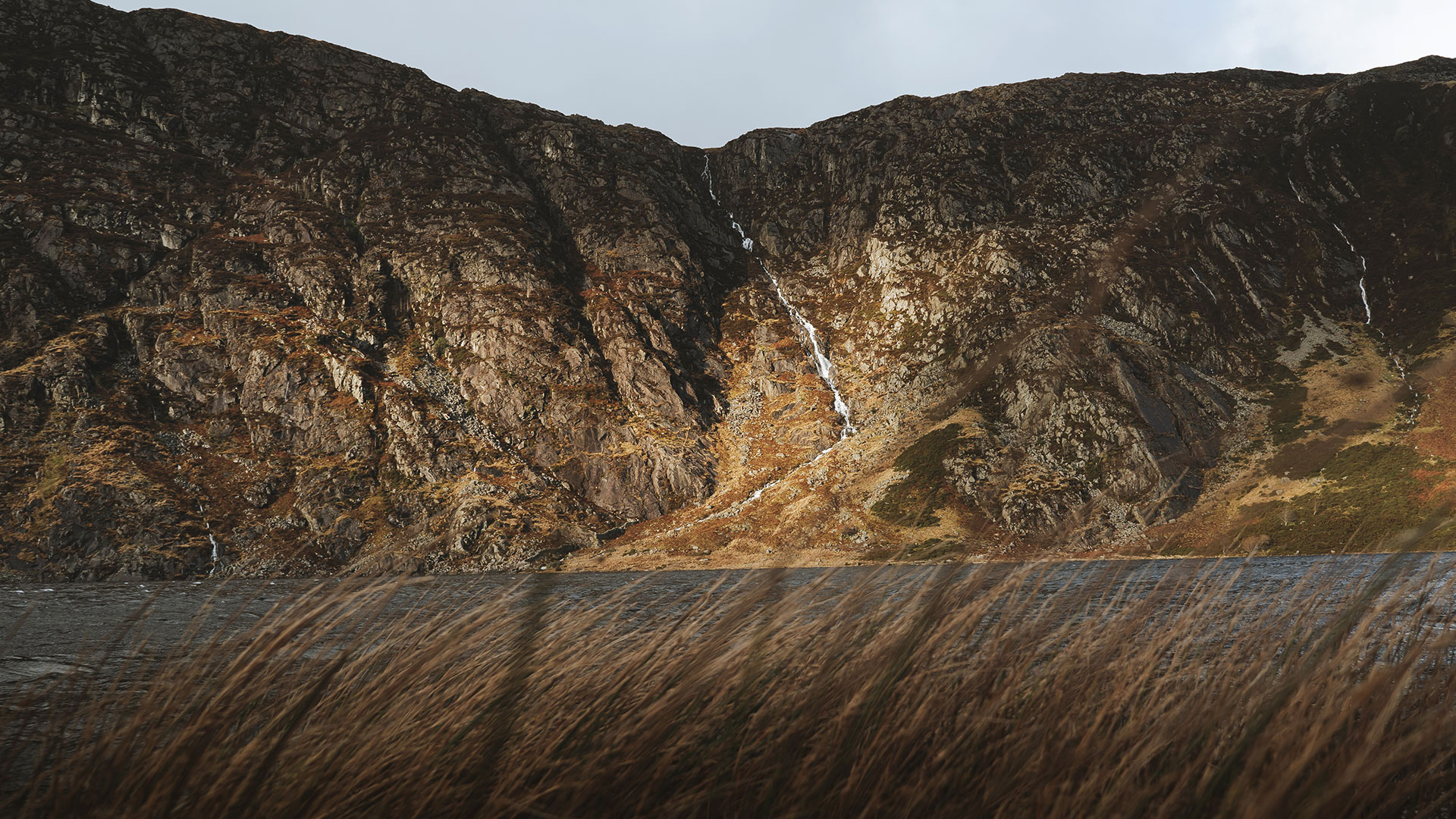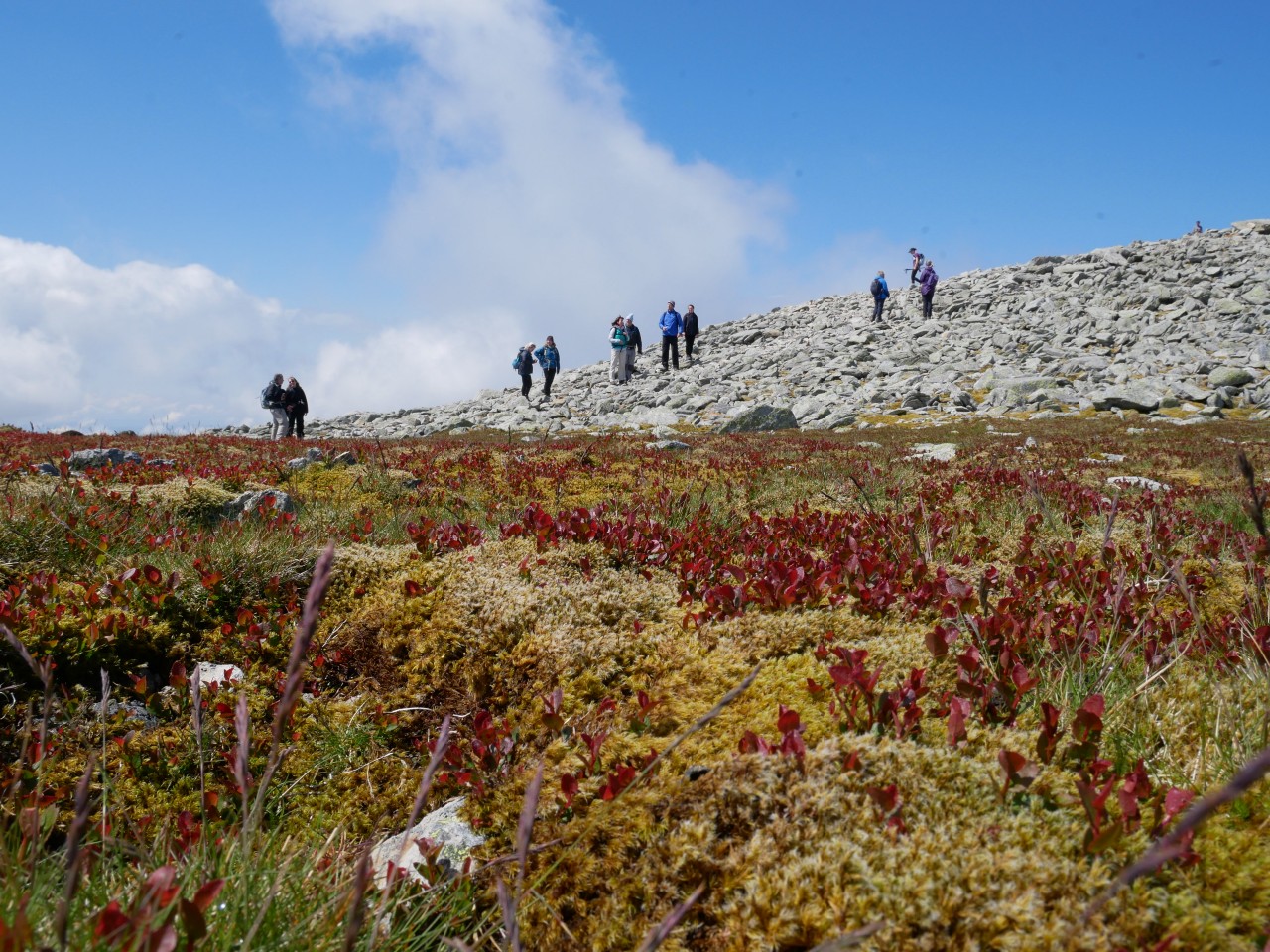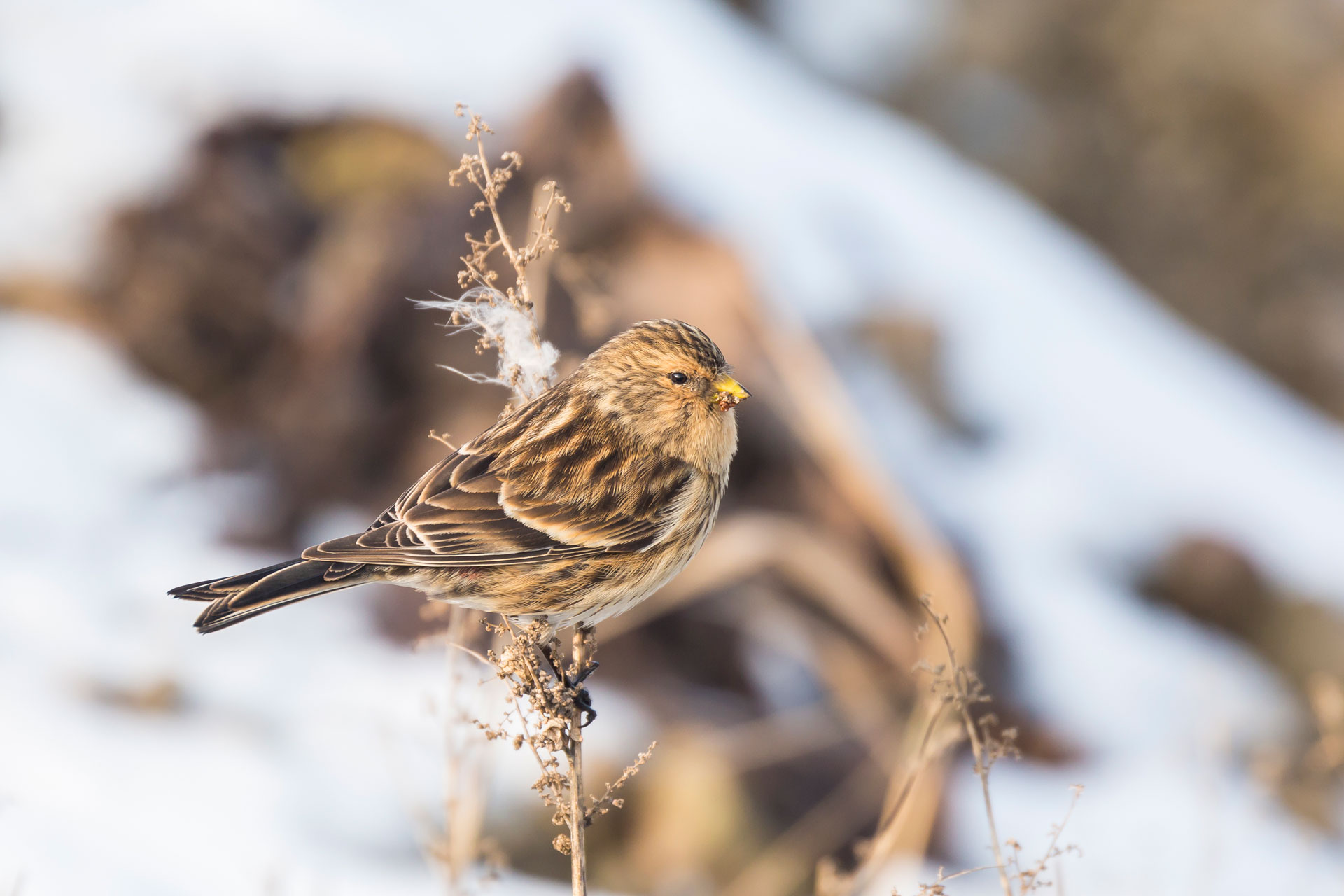The Carneddau is home to an abundance of wildlife and its rich biodiversity can be attributed to the area’s variety of geological features, from the highest rugged summits to sheltered valleys, and everything in between.
The habitats that exist here range from rolling hills of heath, grass, and peatlands, to native woodlands, lakes, rivers, soaring cliffs and the exposed summits of the impressive Carneddau giants including Carnedd Llywelyn and Carnedd Dafydd. It is because of these special habitats that much of the Carneddau is designated as a Site of Special Scientific Interest (SSSI), and a Special Area of Conservation (SAC) and includes four National Nature Reserves (NNR).
The natural environment is facing many pressures today from climate change and adaptations in land management to invasive species and human pressures. The Carneddau Landscape Partnership is working collaboratively to address these challenges, to create a healthy and thriving environment for people and nature.


